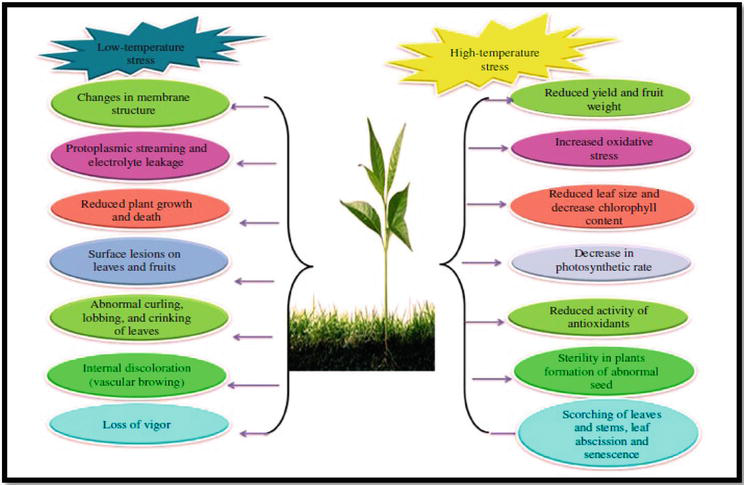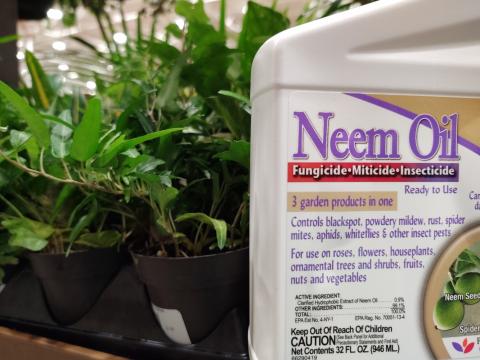How often should I water succulents?
Watering succulents can be a bit tricky since they have unique watering needs compared to other plants. Succulents are known for their ability to store water in their fleshy leaves, stems, or roots, which allows them to survive in arid conditions. However, this also means that they are prone to overwatering, which can lead to rot and ultimately kill the plant.
General Guidelines for Watering Succulents
One of the most important things to remember when caring for succulents is that they prefer to dry out between waterings. Here are some general guidelines to help you determine how often you should water your succulents:
- Check the soil moisture: Before watering your succulents, always check the soil moisture level. Stick your finger into the soil about an inch deep – if it feels dry, it’s time to water.
- Water sparingly: Succulents do not need to be watered as frequently as other plants. In general, it’s best to water them every 2-3 weeks during the growing season (spring and summer) and even less often in the dormant season (fall and winter).
- Use well-draining soil: Succulents thrive in well-draining soil that allows excess water to quickly escape. Avoid using regular potting soil, as it retains too much moisture for succulents.
- Avoid waterlogged conditions: Succulents are highly susceptible to root rot, so make sure to never let them sit in water for prolonged periods. Always empty saucers or trays after watering to prevent water from accumulating at the bottom of the pot.
Factors Affecting Watering Frequency
While the general guidelines above can help you establish a watering routine for your succulents, there are also several factors that can affect how often you should water them:
- Climate: Succulents in hot, dry climates will need more frequent watering compared to those in cooler, more humid environments.
- Season: Succulents typically require more water during their active growing season and less water during their dormant period.
- Container size: The size of the pot and the amount of soil can affect how quickly the soil dries out. Succulents in larger pots or more soil may need less frequent watering.
- Sunlight exposure: Succulents that receive more sunlight may need more frequent watering to compensate for the increased evaporation.
By considering these factors along with the general guidelines, you can tailor your watering schedule to meet the specific needs of your succulents and keep them healthy and thriving.
Signs of Overwatering and Underwatering
It’s essential to pay attention to your succulents and watch for signs of overwatering or underwatering. Here are some common signs to look out for:
- Overwatering: Leaves that are mushy, yellowing, or dropping off can indicate overwatering. The soil may also appear damp or have a foul odor.
- Underwatering: Succulents that are underwatered may develop shriveled or wrinkled leaves, or the leaves may become dry and crispy. The soil will be completely dry, and the plant may appear wilted.
If you notice any of these signs, adjust your watering schedule accordingly to prevent further damage to your succulents.
Conclusion
In conclusion, the key to watering succulents successfully is to strike the right balance between providing enough moisture for the plants to thrive while avoiding overwatering. By following the general guidelines and considering the factors that affect watering frequency, you can develop a watering routine that suits your succulents’ needs.
Remember to always observe your succulents for any signs of overwatering or underwatering and adjust your watering schedule as needed. With proper care and attention, your succulents will reward you with their unique beauty and resilience.



